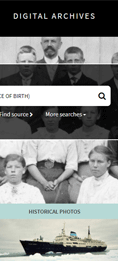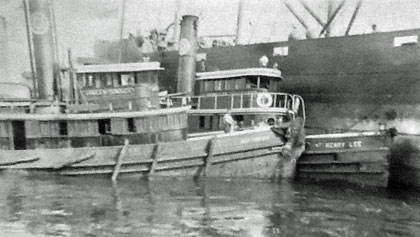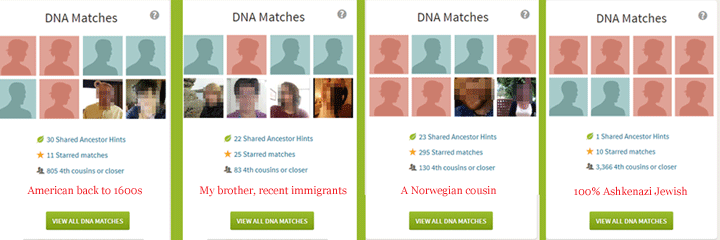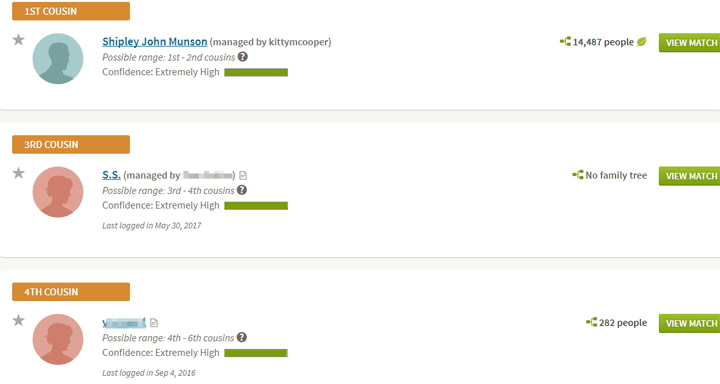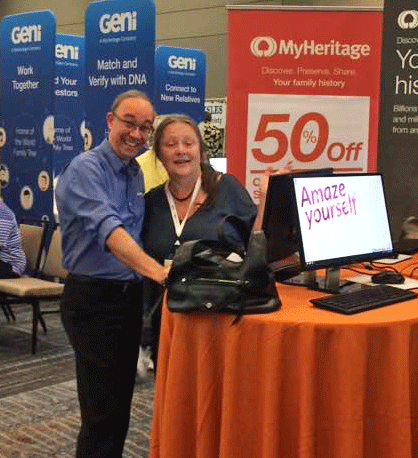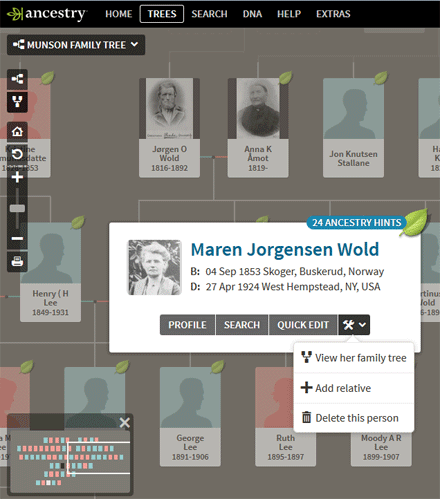This New Year’s Eve I have resolved to remember my father’s advice, “Don’t let a big project overwhelm you, break it into small manageable parts.”
Personally, I have often put off starting a huge project because it seemed to be way too much to tackle. It is amazing how many other things get done when I am procrastinating!
If you had told me five years ago how many hours I would spend working with my family’s DNA results, I might never have started. That would have been sad as I would have missed out on the endless pleasure genetic genealogy has brought me and the many others I have helped.
If I had known twenty years ago where writing down the family stories would take me, I could not have imagined the thousands of hours I would spent on genealogy. I have enjoyed just about every minute of it, except perhaps going to the library or archive and not finding the record I was searching for.
Both of these hobbies are easy to break into small manageable parts. One family line at a time or one location at a time or one group of connected matches at a time or even one chromosome segment at a time. Whatever works for you.
I had been overwhelmed thinking about organizing and tidying up my office. Two years ago my New Year’s resolution was to reorganize it. I have a whole small bedroom with closet space and plenty of light, why such a shambles!
In that spirit, a week ago I started doing a little bit of office clean up each day. This is working, even if somewhat slowly.
Continue reading

